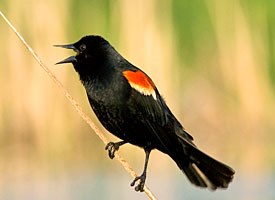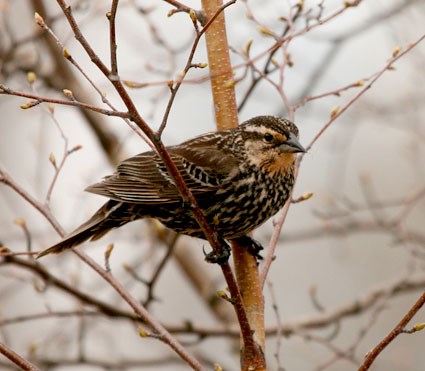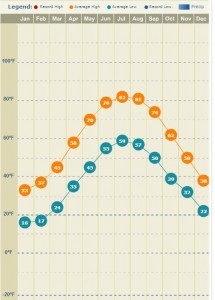On Sundays, we’ve been enjoying the hiking trails in the lush hardwood and coniferous forests that we have the good fortune to have in our area. However, an unfortunate byproduct of our global commerce has been the accidental introduction of species of weeds and insects, that pose threats to these forests.

Asian long-horned beetle adults with dime and exit holes. Click the image to visit the NY Invasive Species website.
One of these insects, the Asian Longhorned Beetle, has already killed multi thousands of maples, and other hardwoods, in northeast US and southeast Canada. Infestations exist in New York City, Long Island, New Jersey, Massachusetts, Toronto and Ohio. Although this beetle has not yet been found in our area, as you can see, it’s all around us. Not only is the maple one of our most common forest trees, we also got to enjoy the commercial value of the sugar maple, a few weeks ago.
If this beetle should get to our area, it can be eradicated by aggresive action, as long as the infestation is caught early, and hasn’t become too massive. This is why all us hikers need to know how to detect it. There will be 2 places, this week, where Georgia and I, who worked on this eradication project before we retired, will show you what you need to know, using powerpoint slides, specimens and literature you can take with you on your hikes.
1. Tuesday, at the Historical Society meeting at the Springwater Town Hall. Pot luck dinner at 6:30. Bring a dish to pass, and your place setting.
2. If it’s more convenient for you, on Wednesday, we’ll be giving the same program, at the Adirondack Mountain Club meeting, at the Eisenhart Auditorium, Rochester Museum Science Center, on East and Goodman Aves. The meeting starts at 7:30 but, we’re also giving a short workshop on the Emarald Ash Borer, before the meeting, at 6:45.



